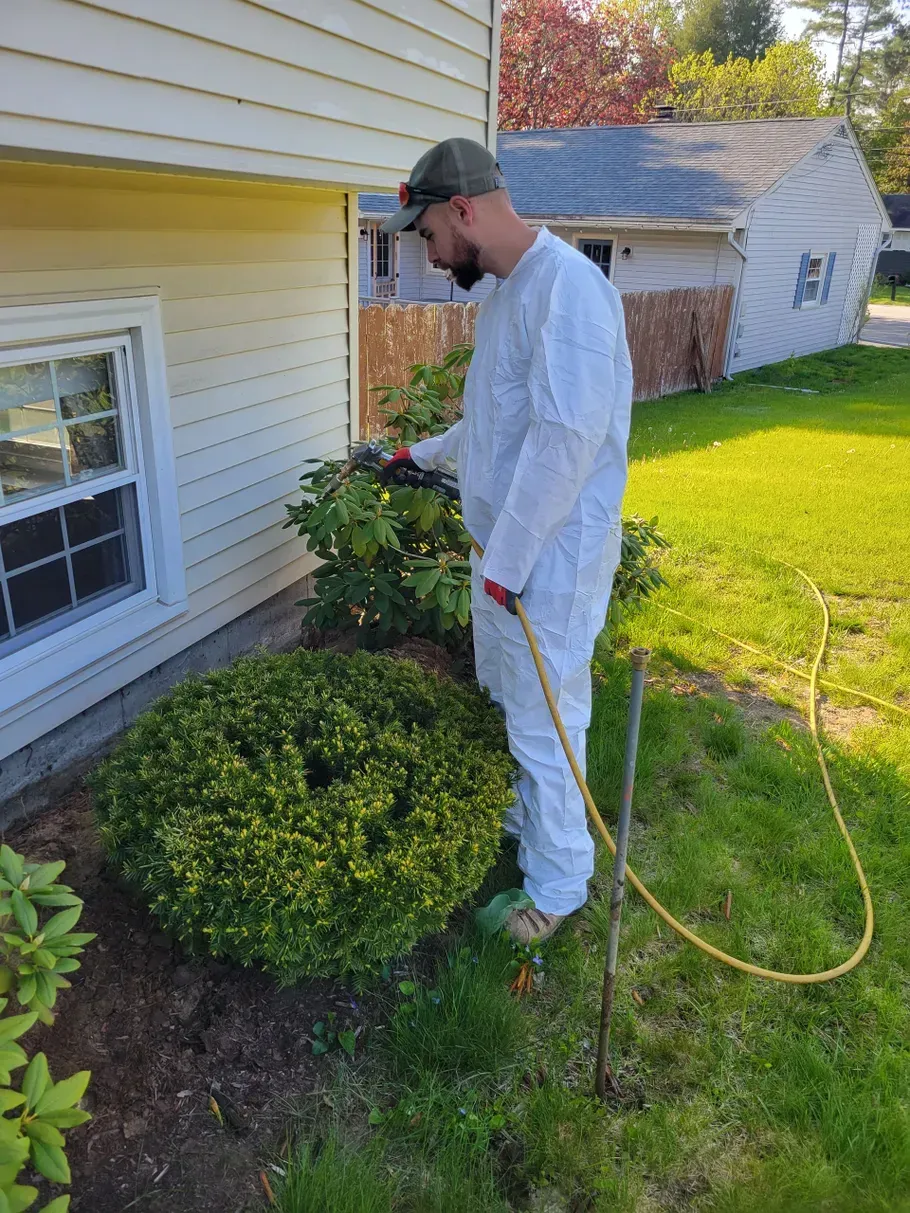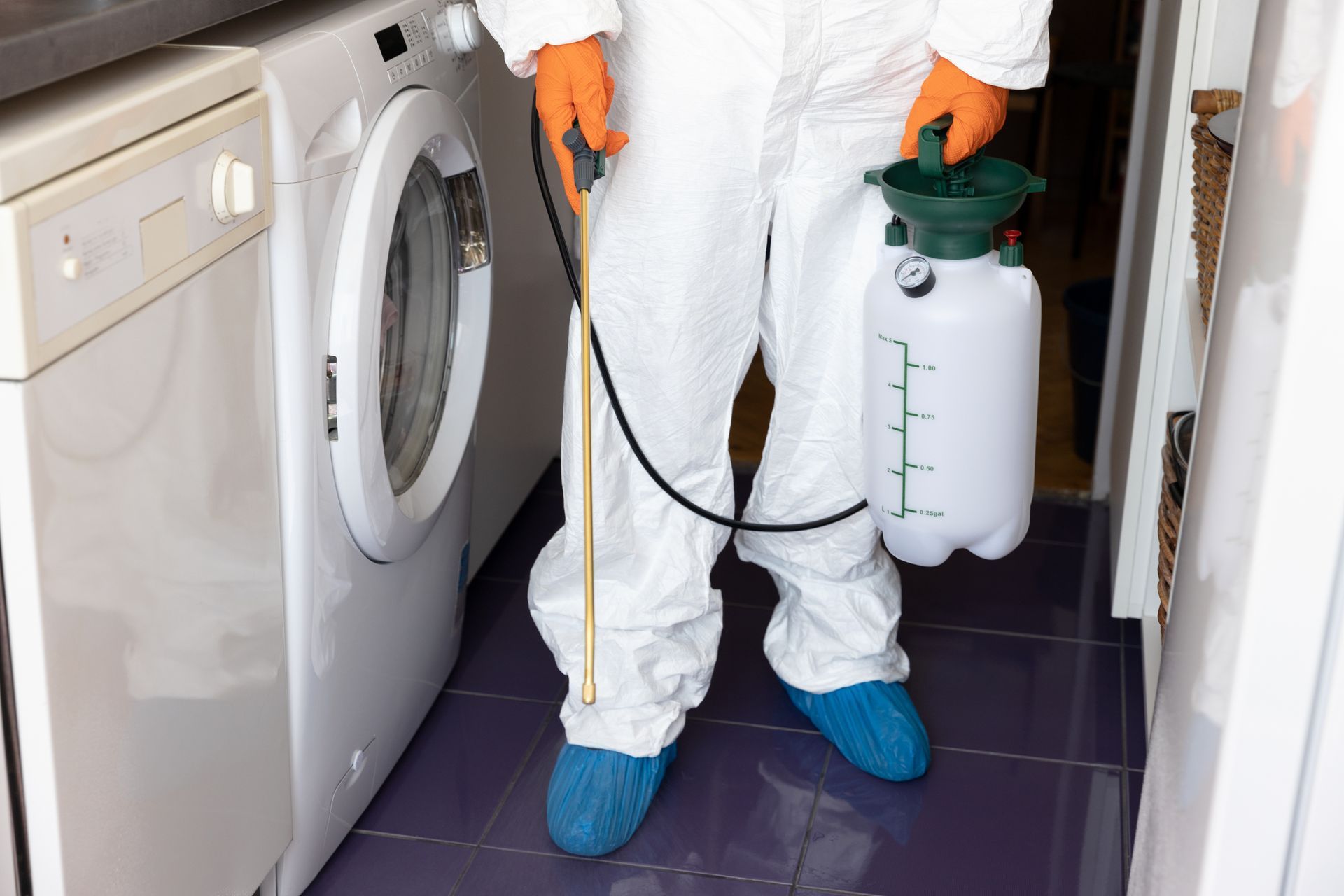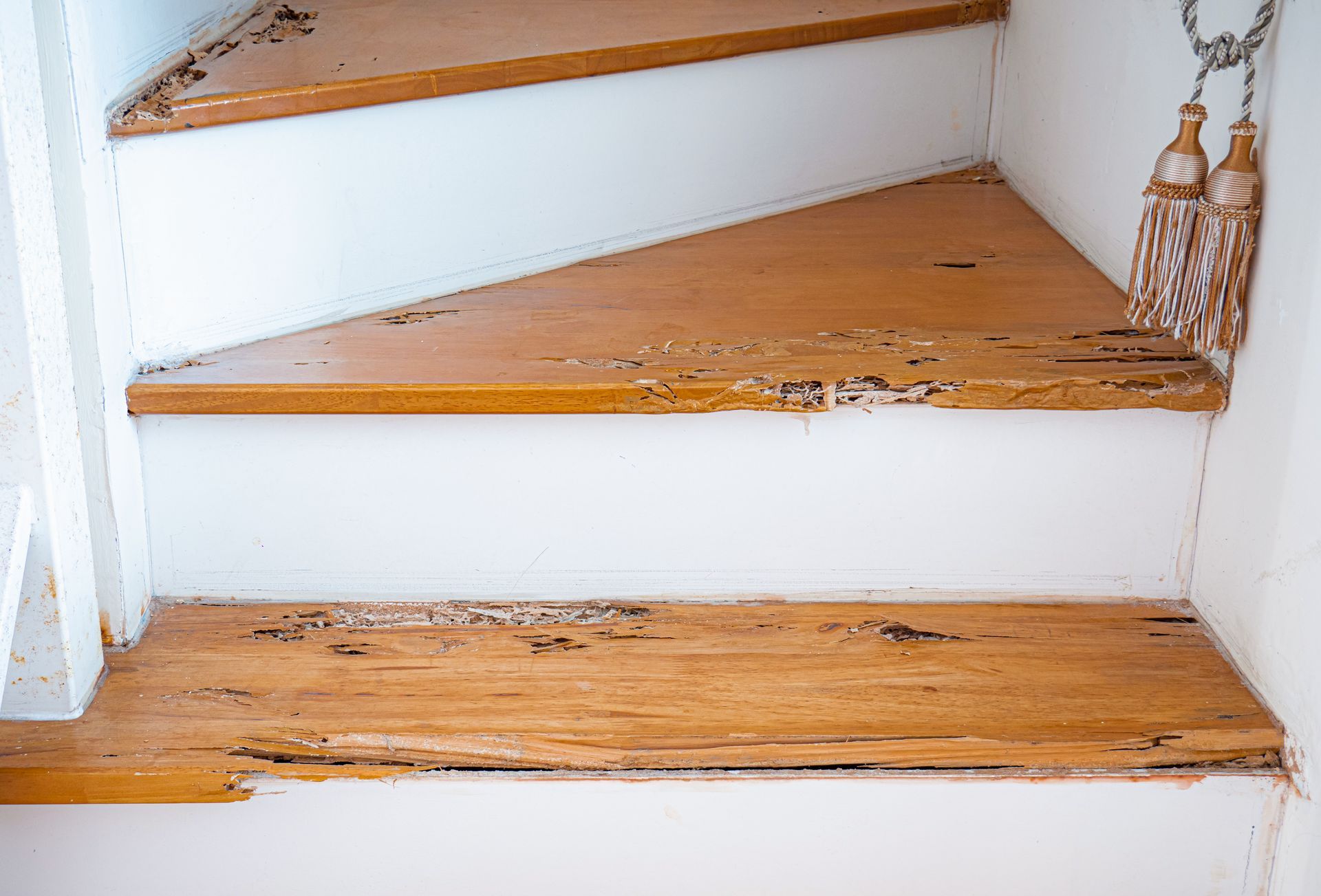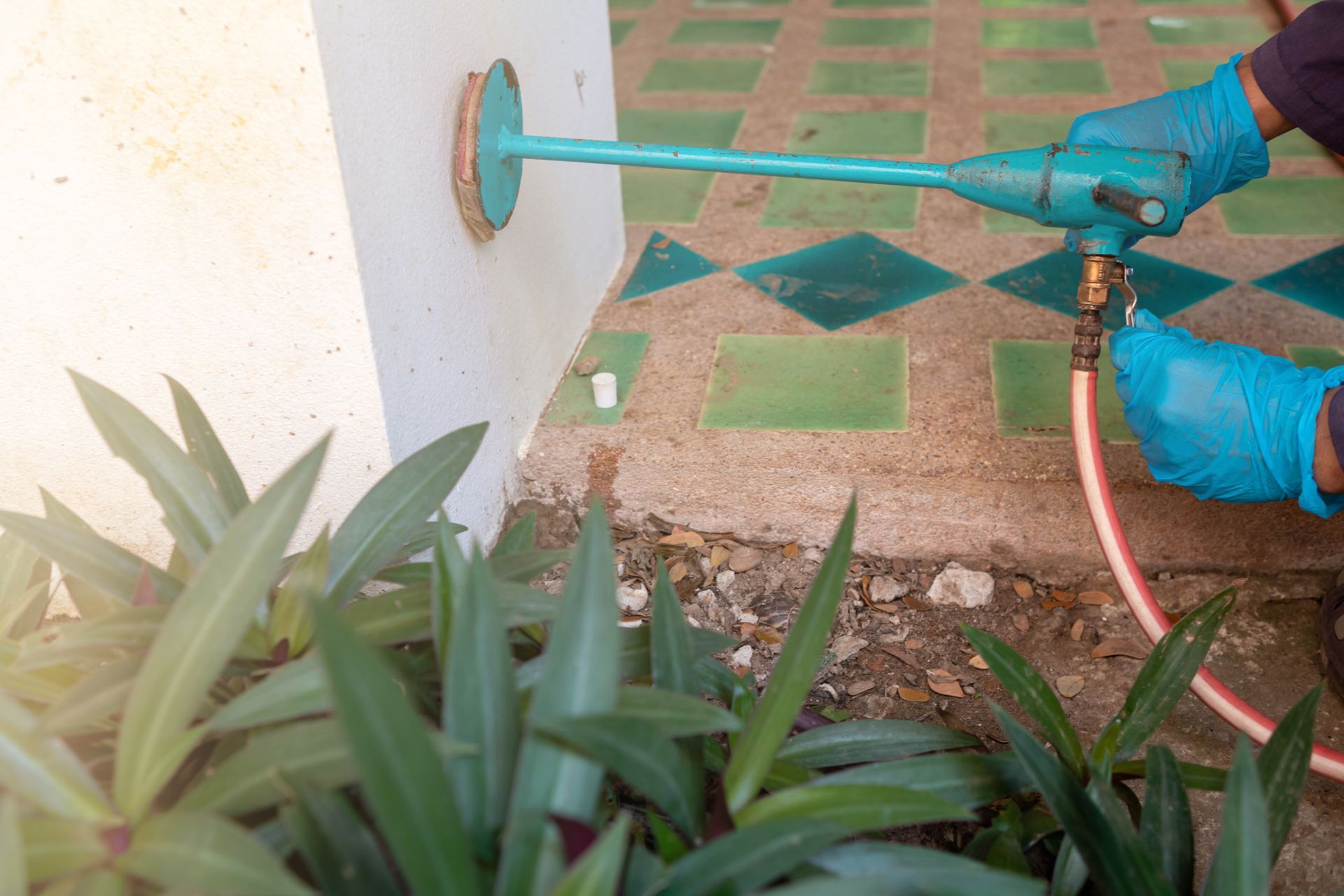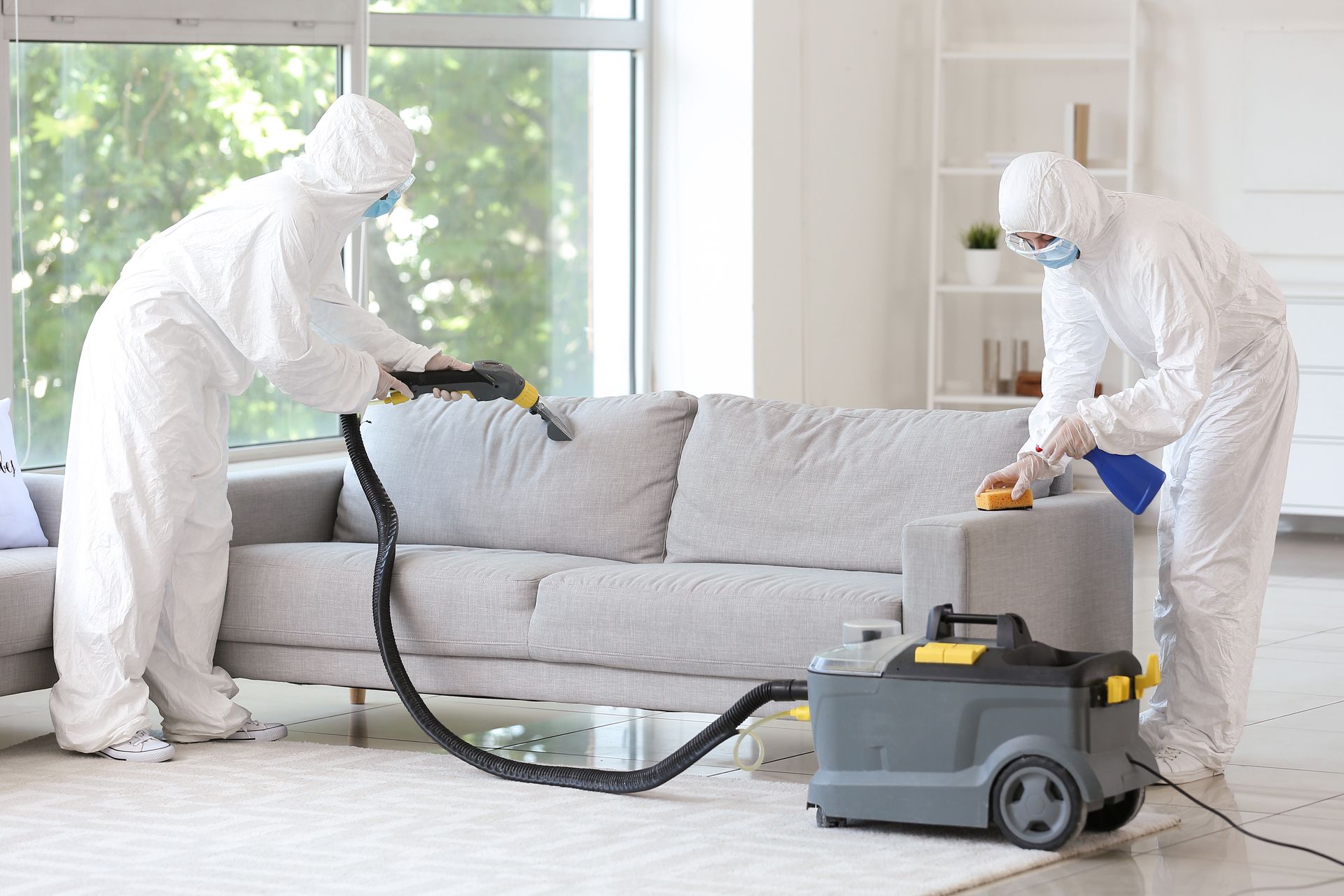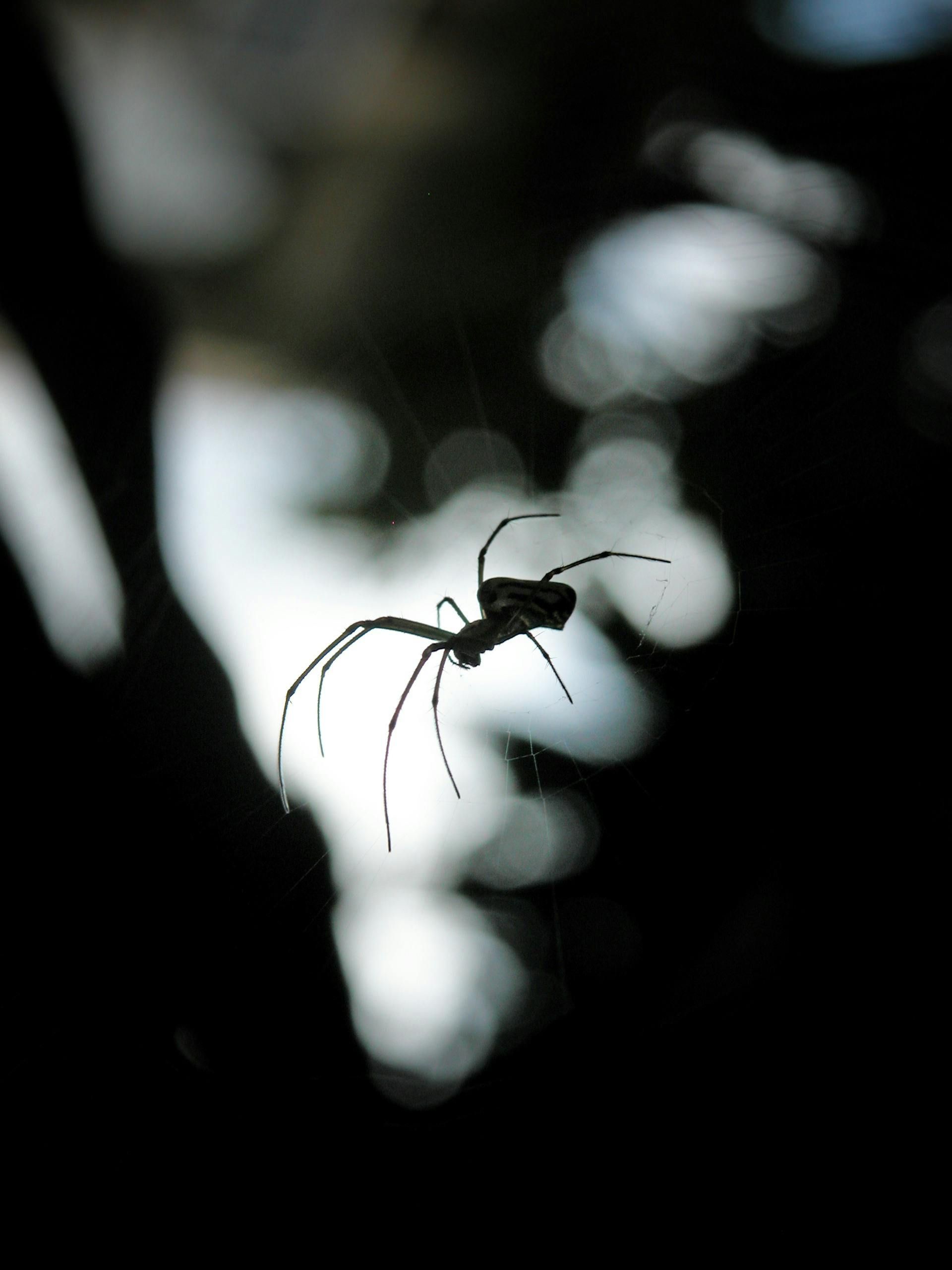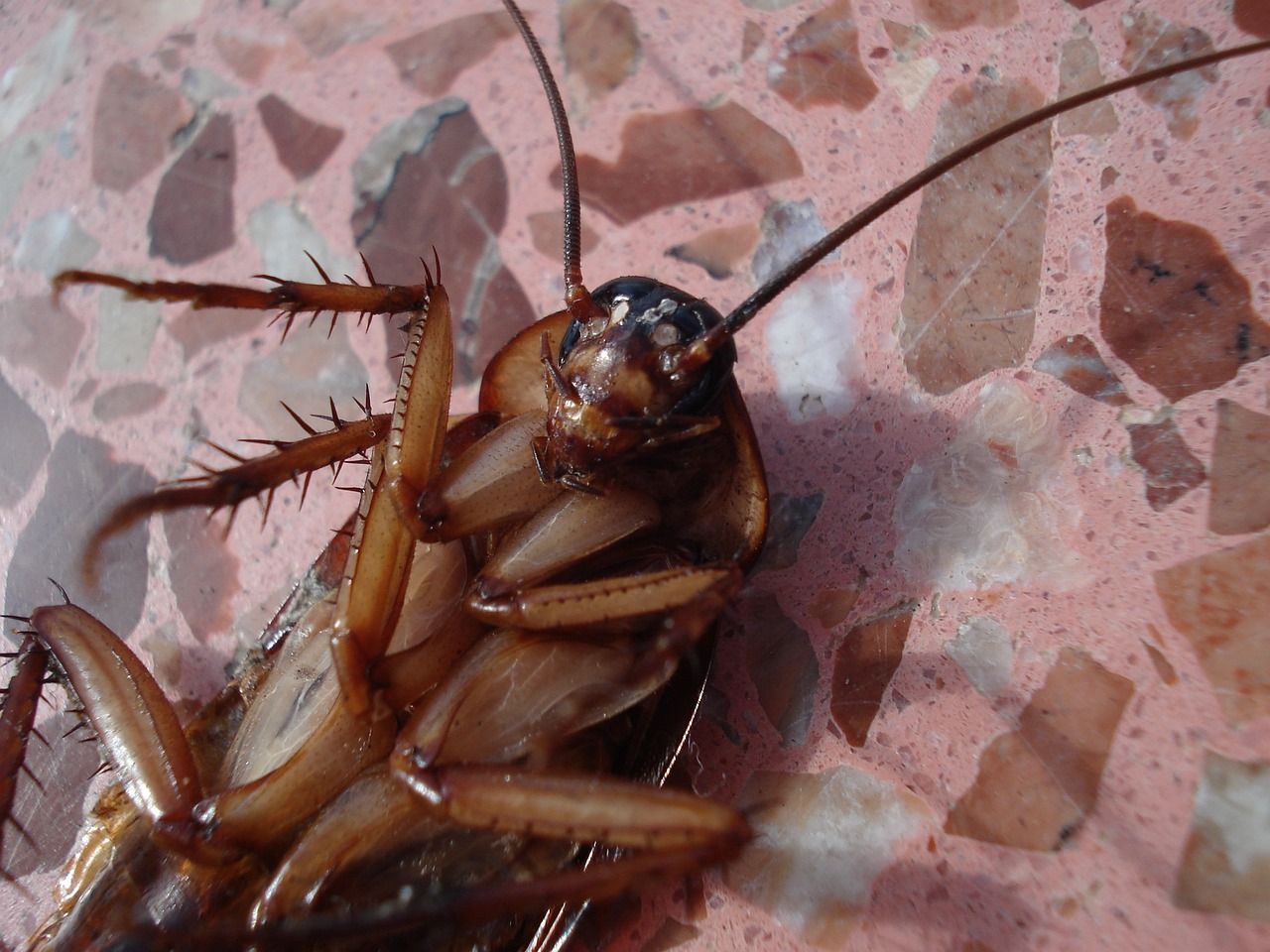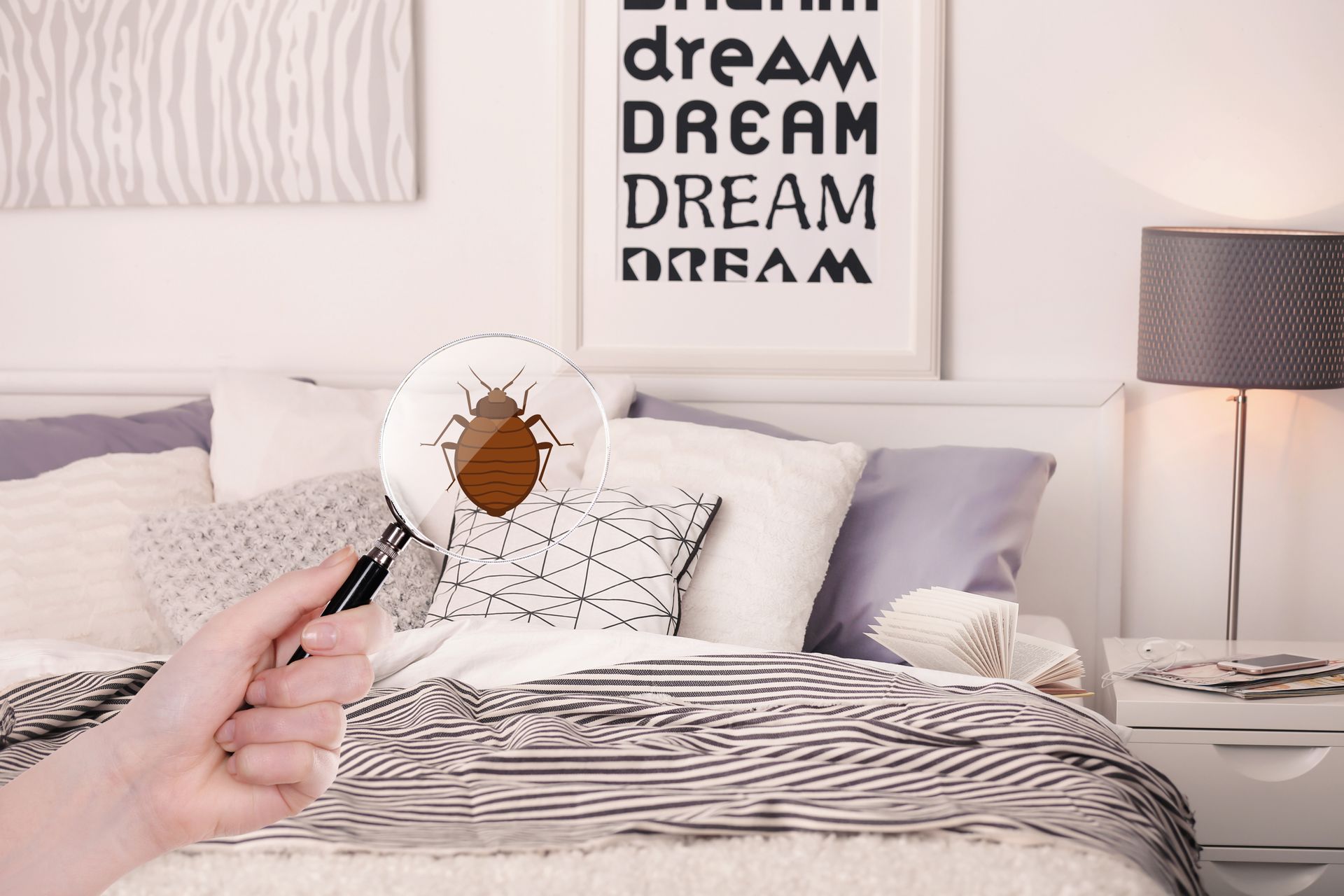Keene Pest Control
Preventing Pest Infestations in Restaurants: Best Practices to Keep Your Kitchen Critter-Free
Running a restaurant is no small feat—balancing delicious dishes, happy customers, and a clean environment can be tough enough without the added stress of pest control. However, pests like rodents, cockroaches, and flies are always on the lookout for their next meal, and your restaurant is an all-you-can-eat buffet if you're not careful. To help you prevent unwanted visitors, we’ve put together a guide packed with best practices for keeping your restaurant pest-free.
Why Pest Prevention is Critical for Restaurants
It’s no secret that the sight of a mouse or cockroach in your dining area can send customers running for the door. Not only are pests unsightly, but they also pose serious health risks. Pests carry bacteria that can contaminate food, surfaces, and cooking equipment, putting both your customers and your reputation at risk. Here’s why pest prevention should be a top priority:
- Health & Safety Regulations: Restaurants are subject to strict health codes, and pest infestations can lead to violations that shut down your business.
- Customer Satisfaction: In the age of social media, one pest sighting can turn into a viral post that damages your reputation overnight.
- Financial Loss: Pests can lead to food waste, property damage, and potential fines from health inspections.
By prioritizing pest prevention, you can protect your restaurant from all these issues and keep your customers coming back for the food—not the critters.
Common Restaurant Pests and How They Get In
Pests are opportunistic creatures, and your restaurant offers everything they’re looking for: food, water, and shelter. Some of the most common restaurant invaders include:
- Rodents (Mice & Rats): These sneaky scavengers can enter through even the smallest openings, seeking food scraps and a warm place to nest.
- Cockroaches: Often hiding in dark, moist areas like kitchen drains and under appliances, cockroaches carry bacteria and spread it to everything they touch.
- Flies: Attracted to both food and trash, flies can contaminate food and cause illnesses.
- Ants: Known for following their leader, ants are drawn to sugary or greasy food spills, leaving trails for others to follow.
- Stored Product Pests: These include beetles and moths that can infest dry goods like flour, rice, and grains.
Pests can enter your restaurant in many ways, such as:
- Through cracks or holes in walls, windows, and doors.
- Hitching a ride on food deliveries.
- Poorly sealed garbage areas.
Knowing how pests get into your restaurant is the first step in preventing an infestation.
Best Practices for Pest Prevention in Restaurants
The good news is that you can take simple, proactive steps to stop pests from entering your restaurant. Here are some best practices to follow:
1. Maintain a Clean Kitchen
A clean kitchen is your best defense against pests. Make sure your staff adheres to strict cleaning protocols to eliminate food and water sources that attract pests.
- Wipe Down Surfaces Regularly: Clean and disinfect all food prep areas, counters, and equipment at the end of every shift.
- Sweep & Mop Floors Daily: Food crumbs can build up quickly, creating a buffet for pests.
- Store Food Properly: Keep all food in sealed, airtight containers to prevent access to pests.
- Empty Trash Cans Frequently: Garbage should be removed from the kitchen at least once a day and stored in sealed bins away from the building.
- Deep Clean Grease Traps & Drains: Grease buildup can attract pests like cockroaches and rodents, so it’s important to clean these areas regularly.
By keeping your kitchen spotless, you make it harder for pests to find food and water.
2. Seal Entry Points
Pests don’t need a big opening to invade your space. Mice, for example, can squeeze through holes the size of a dime! Inspect your restaurant for any gaps or cracks that could serve as entry points.
- Doors & Windows: Install door sweeps and make sure all windows are properly sealed. Check for gaps around window air conditioners.
- Cracks & Holes: Fill any cracks or holes in the walls, floors, and foundation with caulk or steel wool. Don’t forget to inspect areas where utilities enter the building.
- Vents & Drains: Install screens on vents and make sure drains are covered to keep pests from sneaking in through pipes.
Regularly inspecting and sealing potential entry points is one of the easiest and most effective ways to keep pests out.
3. Proper Food Storage & Handling
Improper food storage is like rolling out the red carpet for pests. To keep them from feasting on your ingredients:
- Store Dry Goods Off the Ground: Place dry goods like flour, sugar, and rice on shelving units at least six inches off the ground.
- Label & Date Everything: Keep track of when items are stored and used to prevent spoilage, which attracts pests.
- Rotate Stock: Practice first-in, first-out (FIFO) inventory management to ensure older items are used first.
Keeping food out of reach will make it less likely that pests will find a meal in your kitchen.
4. Train Your Staff on Pest Control Protocols
Pest prevention is a team effort. Make sure your staff understands the importance of pest control and knows how to implement prevention strategies.
- Educate on Cleaning Protocols: Hold regular training sessions to ensure that all employees understand how to properly clean and store food.
- Monitor for Signs of Pests: Train staff to recognize the early signs of an infestation, such as droppings, gnawed materials, or nests.
- Encourage Prompt Reporting: Create a culture where staff members feel comfortable reporting pest sightings immediately.
When everyone on your team knows how to prevent pests, you’ll stand a better chance of keeping them out.
Pest Control Services: When to Call the Professionals
Sometimes, even the best prevention practices aren’t enough to keep pests at bay. If you notice signs of an infestation or want to be extra cautious, it’s time to call in the pros.
Professional pest control companies, like Keene Pest Control, offer regular inspections and treatments to keep your restaurant pest-free. They have the experience, equipment, and products necessary to target specific pests without harming your business or the environment.
Contact Keene Pest Control for Pest Control Services in Keene, NH Today!
Is your restaurant ready for a pest prevention plan that works? Don’t wait for critters to crash your dinner rush. At Keene Pest Control, we specialize in keeping commercial kitchens free of pests. From rodents to cockroaches, our expert team will ensure your restaurant stays safe, clean, and compliant with health regulations.
Give us a call today at
(603) 352-7336 to schedule an inspection or learn more about our pest control services. We proudly serve
Keene, NH, and the surrounding areas, offering tailored solutions to meet the unique needs of your business. Whether you’re dealing with
bed bugs,
termites,
carpenter ants, or any other pest, we’ve got you covered.
FAQs
What’s the most common pest in restaurants?
Rodents, particularly mice and rats, are some of the most common pests in restaurants. They are attracted to food and water sources and can easily sneak in through small openings.
How often should my restaurant be inspected for pests?
Ideally, your restaurant should have a professional pest inspection at least once a quarter. However, if you’re in a high-risk area, you may want to schedule inspections more frequently.
Can pests really cause my restaurant to fail a health inspection?
Yes! Health inspectors are very strict about pest infestations, and just one sighting of pests can result in fines, violations, or even temporary closures.
What can I do if I see a pest in my restaurant?
If you see a pest, act quickly. First, remove any food or water sources that may have attracted the pest, then call a pest control professional to address the issue immediately.
Are there eco-friendly pest control options for restaurants?
Yes! Many pest control companies, including Keene Pest Control, offer eco-friendly solutions that are safe for both your customers and the environment.
